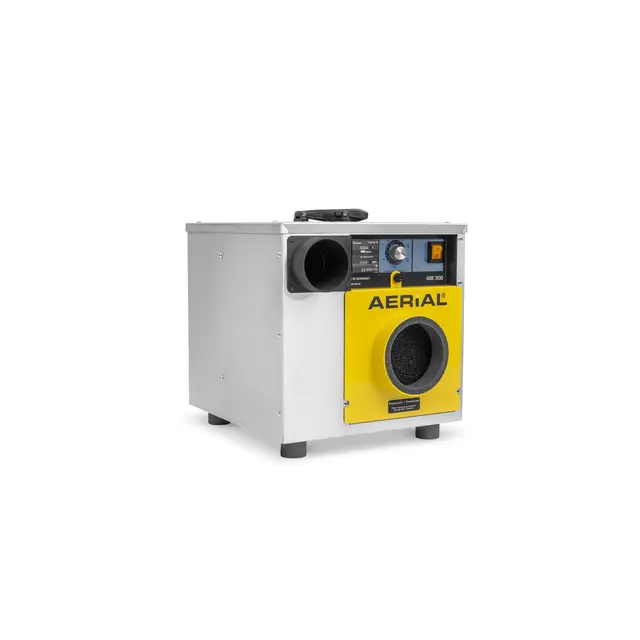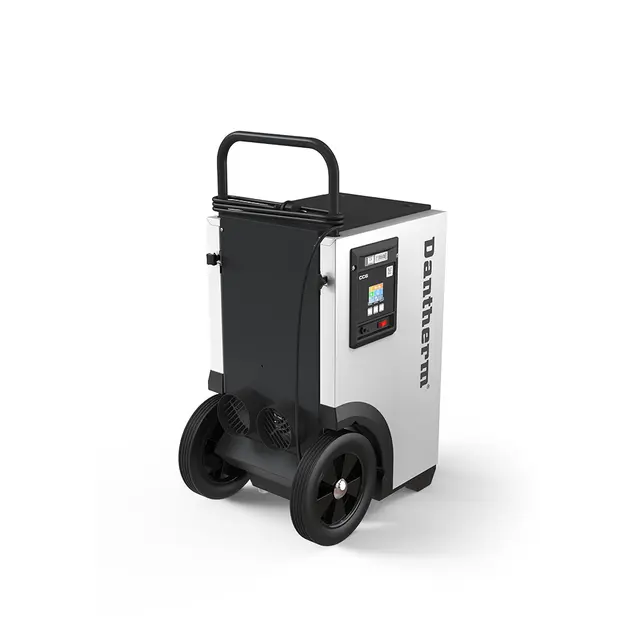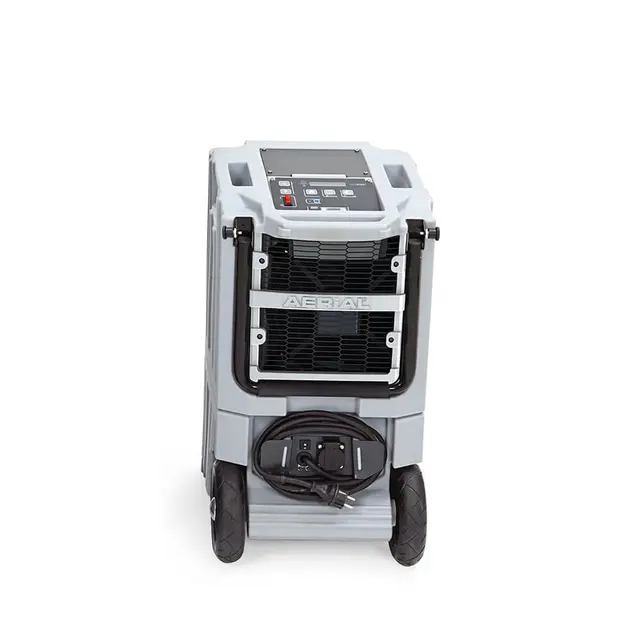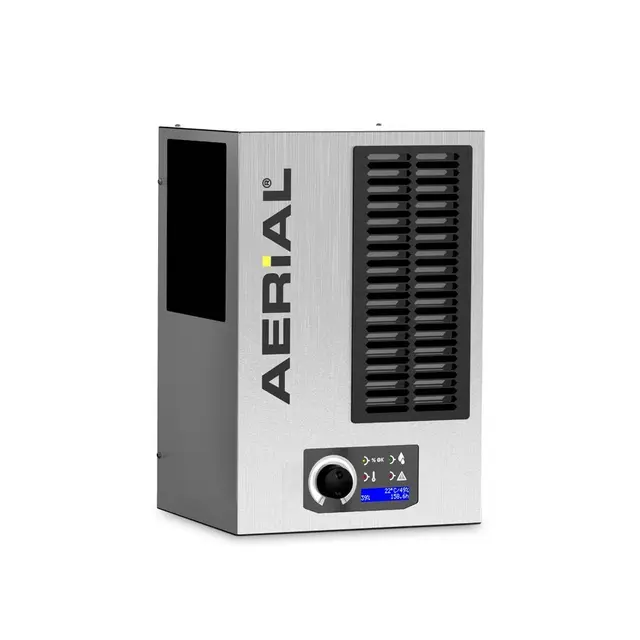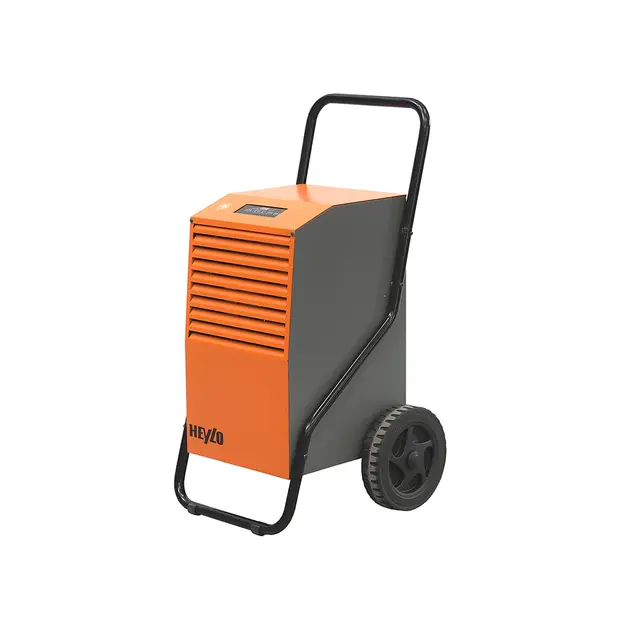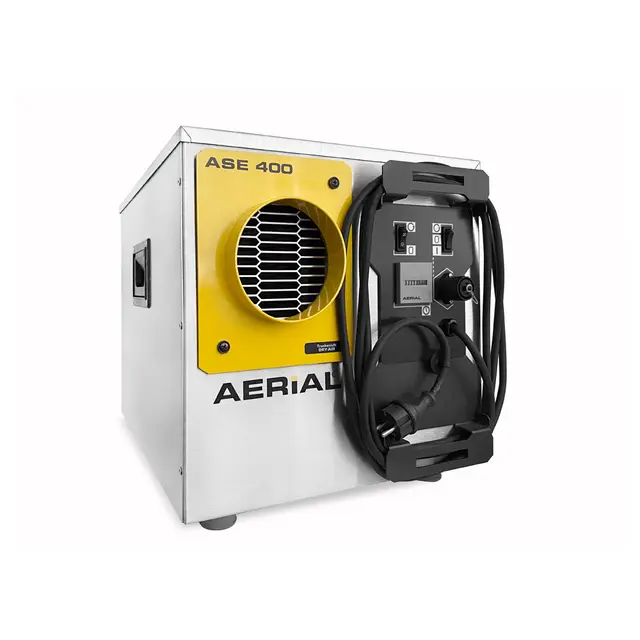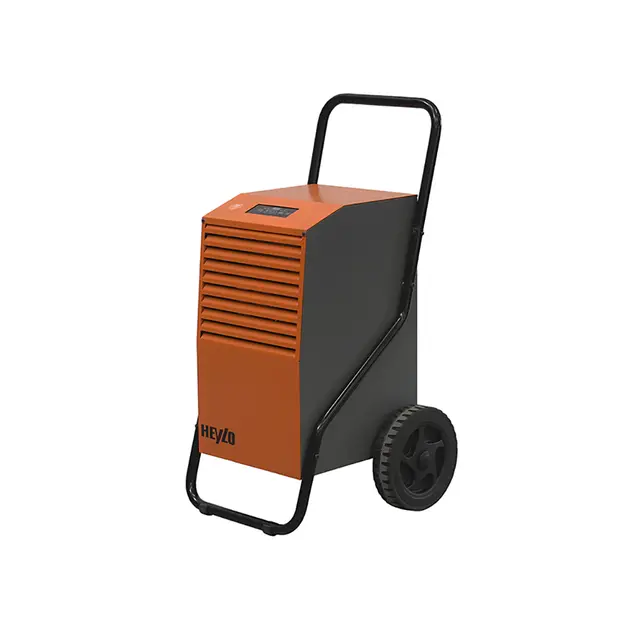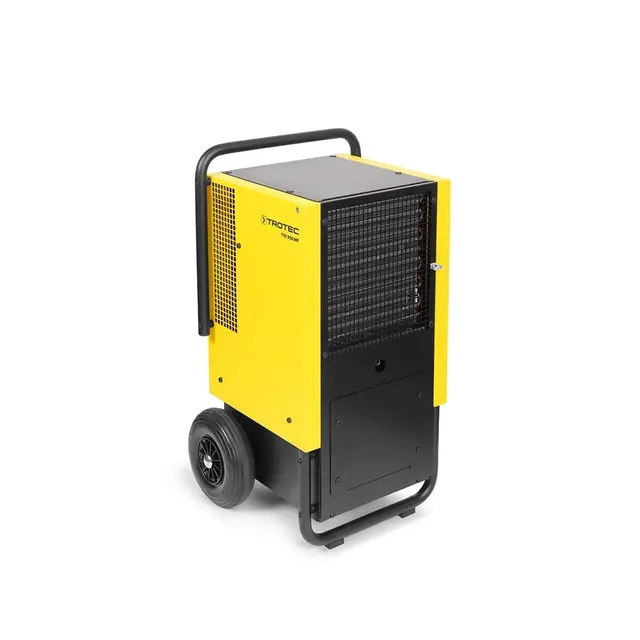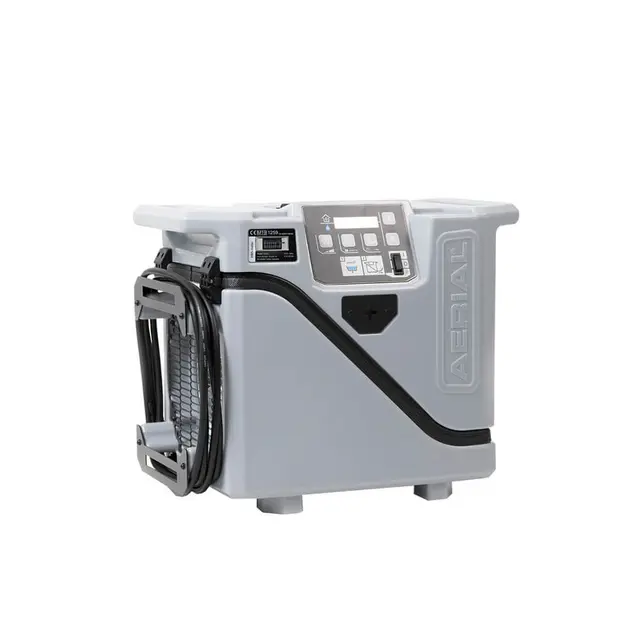How to dehumidify in waterworks

- Home
- Insights
- Humidity control and drying insights
- How to dehumidify in waterworks
Humidity conditions at waterworks can be quite extreme. Here, dehumidification is a question of protection and preservation of the water pipes, pumps and other equipment as well as the building itself.
If the relative humidity is too high, a large amount of condensation will form on all metal surfaces. Paint will peel off the water pipes and serious attacks of corrosion will set in. This increases maintenance costs and reduces the lifetime of the installations and the building.
The humid environment also accelerates the growth of fungus and mould. Mosquitos thrive in the humid atmosphere and deposit their eggs in the open water reservoirs, making it difficult to meet the hygienic requirements.
In most cases, the water temperature is 7-18°C. This means that the surface temperature of the pipes is roughly the same. To avoid condensation, the dew point temperature has to be lower than the surface temperature of the pipes.
Normally, you should maintain a temperature inside the waterworks that is at least 2°C higher than the water temperature. At the same time, you must keep the RH value at a relatively low level, and that requires dehumidification. Usually, ventilation is applied at waterworks. An air change between 0.1 - 0.3 times per hour is recommended.
In general, the temperature inside a waterworks will rarely exceed 16-18°C due to the cold water pipes and because part of the building is normally underground. This means that an RH value below 45% will suffice to avoid condensation all year round. The table below shows the max. RH value if the water temperature is 7°C at different room temperatures to avoid condensation.
| Room temperature (°C) | 10 | 12 | 14 | 16 | 18 | 20 |
| Max. RH value,
water = 7°C (% RH) | 80 | 70 | 61 | 54 | 48 | 42 |
The total dehumidification requirement is determined by:
W(total) = W(water reservoir) + W(ventilation)
W(water reservoir) = c * A * (xsa - x1) |
W | = | g water/hour |
c | = | constant empiric value 6.25 when the air temperature is min. 2°C higher than the water temperature |
A | = | water surface area (m2) |
xsa | = | water content in the saturated air at water temperature (g water/kg air) at 100% RH. |
x1 | = | water content in the air at the desired RH value and temperature (g water/kg/air) |
W(ventilation) = ρ * V * n *(x1-x2)
In this example, we want to determine the dehumidification requirement of a waterworks with an air temperature of 15°C and a desired RH value 50% RH. The size of the waterworks is 300m3, the water surface is 40m2 and the water temperature is 8°C.

The data: Volume of waterworks: |
300m3 |
Air change rate: | 0.3 pr. hour |
Water surface: | 40m2 |
Water temperature: | t = 6.8°C (and 100% RH) |
Water content in the air at water temperature: | xsa = 7 g water/kg air (see hx-diagram) |
Outside condition: | t = 20°C and 68% RH > x2 = 10g water/kg air |
Desired condition: | t = 15°C and 50% RH > x1 = 5g water/kg air (see hx-diagram) |
The calculation:
W(water reservoir) | = | 6.25 * 40 * (7-5) = 500g water/hour |
W(ventilation) | = | ρ * V * n * (x1 -x2) = 1.2 * 300 * 0.3 * (10-5) = 540g water/hour |
W(total) | = | 500 + 540 = 1.04 ltr/hour |
The dew point temperature at 15°C and 50% RH is approximately 5°C according to the hx-diagram below. This means that the surface temperature of the water pipes must drop below 5°C before condensation occurs on the pipes. If the temperature is 8°C, there will be NO condensation of water on the pipes as the actual water temperature is higher than the dew point temperature.
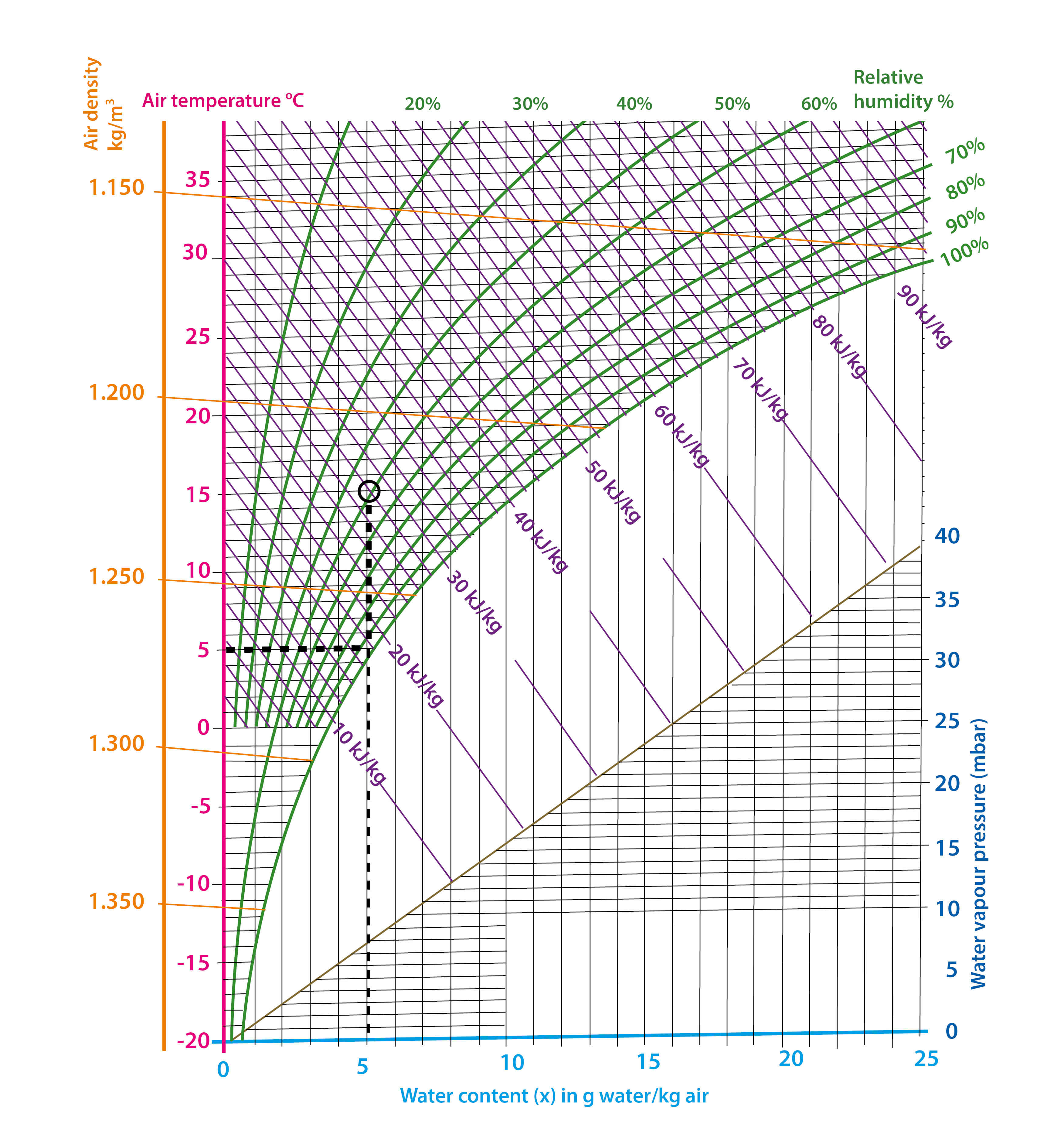
Recommendation
One or more dehumidifiers totalling more than 1.04 litre/hour capacity at 15°C/50% RH. As we have seen it is extremely important to have full control of the relation between temperature and RH value in this type of situation. To do so, we recommend that you choose equipment that has a hygrostat set to 50% RH to automatically keep temperature and humidity conditions at a level preventing condensation.
Related products
Featured insights
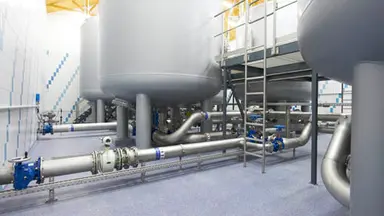
All you need to know about controlling the humidity levels in waterworks
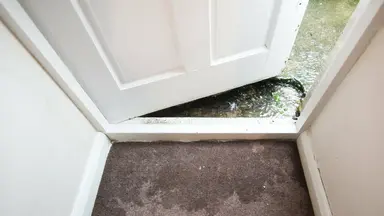
Expert advice for your next project
Need help with choosing the right solution? Our team of over 100 climate control experts can assist.
You can also reach out or join the discussion on our Social Media. Check out our LinkedIn page.
